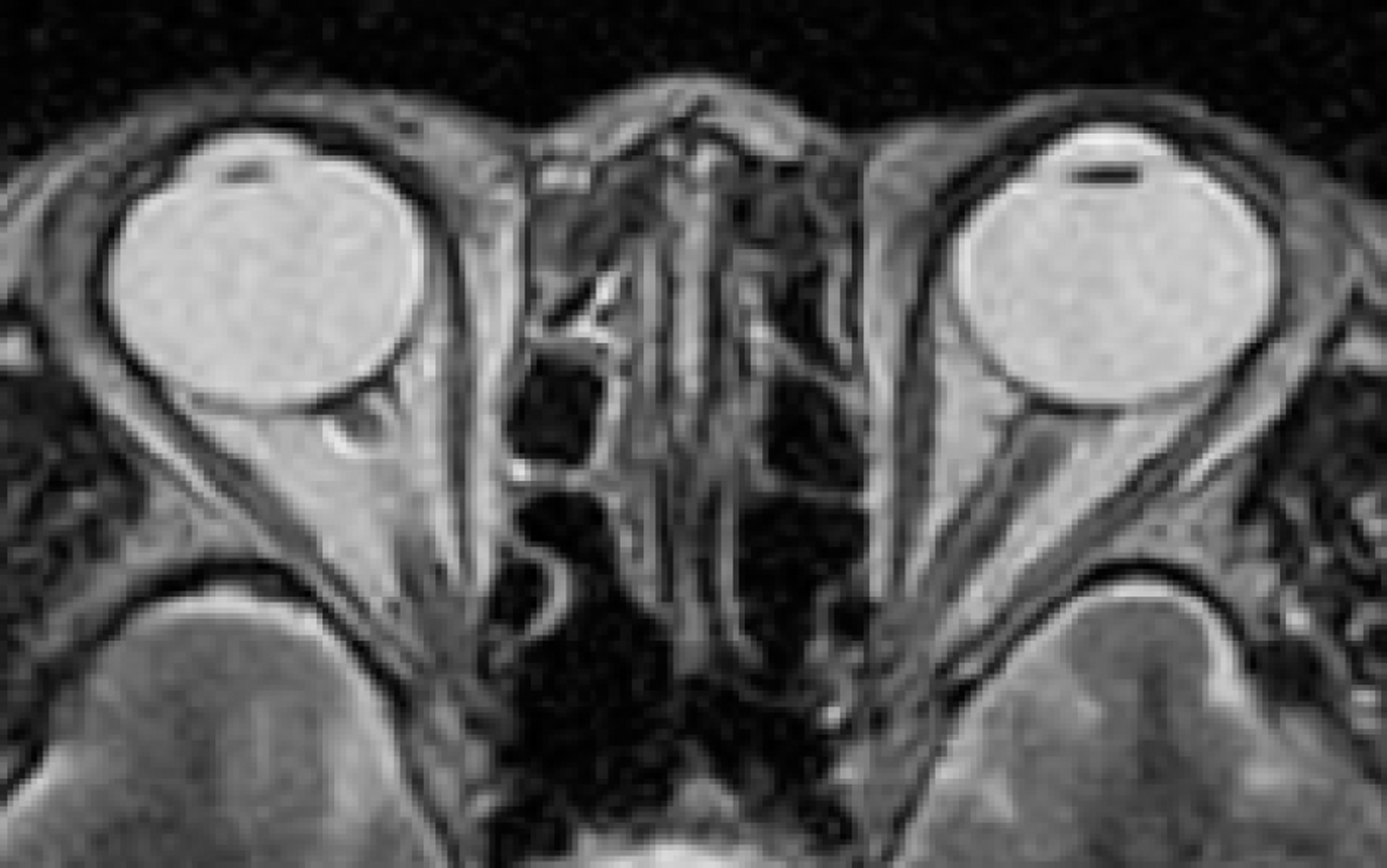J Korean Ophthalmol Soc.
2008 Jun;49(6):1013-1017. 10.3341/jkos.2008.49.6.1013.
Combined Central Retinal Vein and Artery Occlusion After Retrobulbar Anesthesia: A Case Report
- Affiliations
-
- 1Department of Ophthalmology, College of Medicine, Hanyang University, Seoul, Korea. Brlee@hanyang.ac.kr
- KMID: 2110885
- DOI: http://doi.org/10.3341/jkos.2008.49.6.1013
Abstract
-
PURPOSE: To report central retinal vein and artery occlusion after retrobulbar anesthesia for a cataract operation.
CASE SUMMARY
A 65-year-old woman was transferred to our facility 4 days after she had undergone cataract extraction with IOL implantation. She could count fingers and had a relative afferent papillary defect in her left eye. As seen upon fundus examination, dot-shaped, circular-shaped irregular, and partially linear-shaped retinal hemorrhages were evident. Fluorescein angiography revealed that branch arteries around the nasal and temporal areas were not filled, and that the filling of veins was delayed. After two weeks, the patient was only able to recognize hand motion, and her intraocular pressure was 10 mmHg. According to a fundus examination, the size and quantity of retinal hemorrhages increased, and a pale, macular edema was observed. Following fluorescein angiography, the filling defect of branch vessels on the nasal and temporal areas was still evident, and the blocked fluorescence of capillaries on the fundus was prominent. After two months, she could still only recognize hand motion, and her intraocular pressure had increased to 35 mmHg; we therefore diagnosed a neovascular glaucoma.
CONCLUSIONS
A patient experienced a serious central retinal vessel occlusion after retrobulbar anesthesia for cataract extraction. Retrobulbar injections should therefore be administered with great caution to prevent this outcome.
MeSH Terms
Figure
Cited by 1 articles
-
A Case of Orbital Apex Syndrome with Central Retinal Artery and Vein Occlusion Following Trauma
Mirinae Jang, Sang-Yoon Lee, Hye Jin Lee, Eun Kyoung Lee
J Korean Ophthalmol Soc. 2018;59(3):295-300. doi: 10.3341/jkos.2018.59.3.295.
Reference
-
References
1. Feibel RM. Current concepts in retrobulbar anesthesia. Surv Ophthalmol. 1985; 35:102–10.
Article2. Morgan CM, Schartz H, Vine AK. . Ocular complications associated with retrobulbar injections. Ophthalmology. 1988; 95:660–5.
Article3. Rosenblatt RM, May DR, Barsoumian K. Cardiopulmonary arrest after retrobulbar block. Am J Ophthalmol. 1980; 90:425–7.4. Nicoll JM, Acharya PA, Ahlen K. . Central nervous system complications after 6,000 retrobulbar block. Anesth Analg. 1987; 66:1298–1302.5. Sullivan KL, Brown GC, Forman AR. . Retrobulbar anesthesia and retinal vascular obstruction. Ophthalmology. 1983; 90:373–7.
Article6. Mieler WF, Bennett SR, Platt LW. . Localized retinal detachment with combined central retinal artery and vein occlusion after retrobulbar anesthesia. Retina. 1990; 10:278–83.
Article7. Giuffre G, Vadala M, Manfre L. Retrobulbar anesthesia complicated by combined central retinal vein and artery occlusion and massive vitreoretinal fibrosis. Retina. 1995; 15:439–41.
Article8. Torres RJ, Luchini A, Weis W. . Combined central retinal vein and artery occlusion after retrobulbar anesthesia. Arq Bras Oftalmol. 2005; 68:257–61.9. Jorizzo AO, Klein ML, Shutts WT, Linn ML. Visual recovery in combined central retinal artery and central retinal vein occlusion. Am J Ophthalmol. 1987; 104:358–63.
Article10. Hayerh SS. Occlusion of the central retinal vessels. Br J Ophthalmol. 1965; 49:626–45.11. Hayerh SS. Pathogenesis of occlusion of the central retinal >vessels. Am J Ophthalmol. 1971; 72:998–1011.12. Pautler SE, Grizzard WS, Thompson LN. . Blindness from retrobulbar injection into the optic nerve. Ophthalmic Surg. 1986; 17:334–7.
Article13. Klein ML, Jampol LM, Condon PI. . Central retinal artery occlusion without retrobulbar hemorrhage after retrobulbar anesthesia. Am J Ophthalmol. 1982; 93:573–7.
Article
- Full Text Links
- Actions
-
Cited
- CITED
-
- Close
- Share
- Similar articles
-
- Central Retinal Artery Occlusion Without Retrobular Hemorrhage after Retrobulbar Anesthesia
- A Case of Cilioretinal Artery Occlusion Associated with Central Retinal Vein Occlusion
- Central Retinal Artery Occlusion after Cervical Spine Surgery in Prone Position: A Case Report
- Central Retinal Artery Occlusion in Association with Thyroid Ophthalmopathy
- The Successful Treatment of a Case of Central Retinal Artery Occlusion





